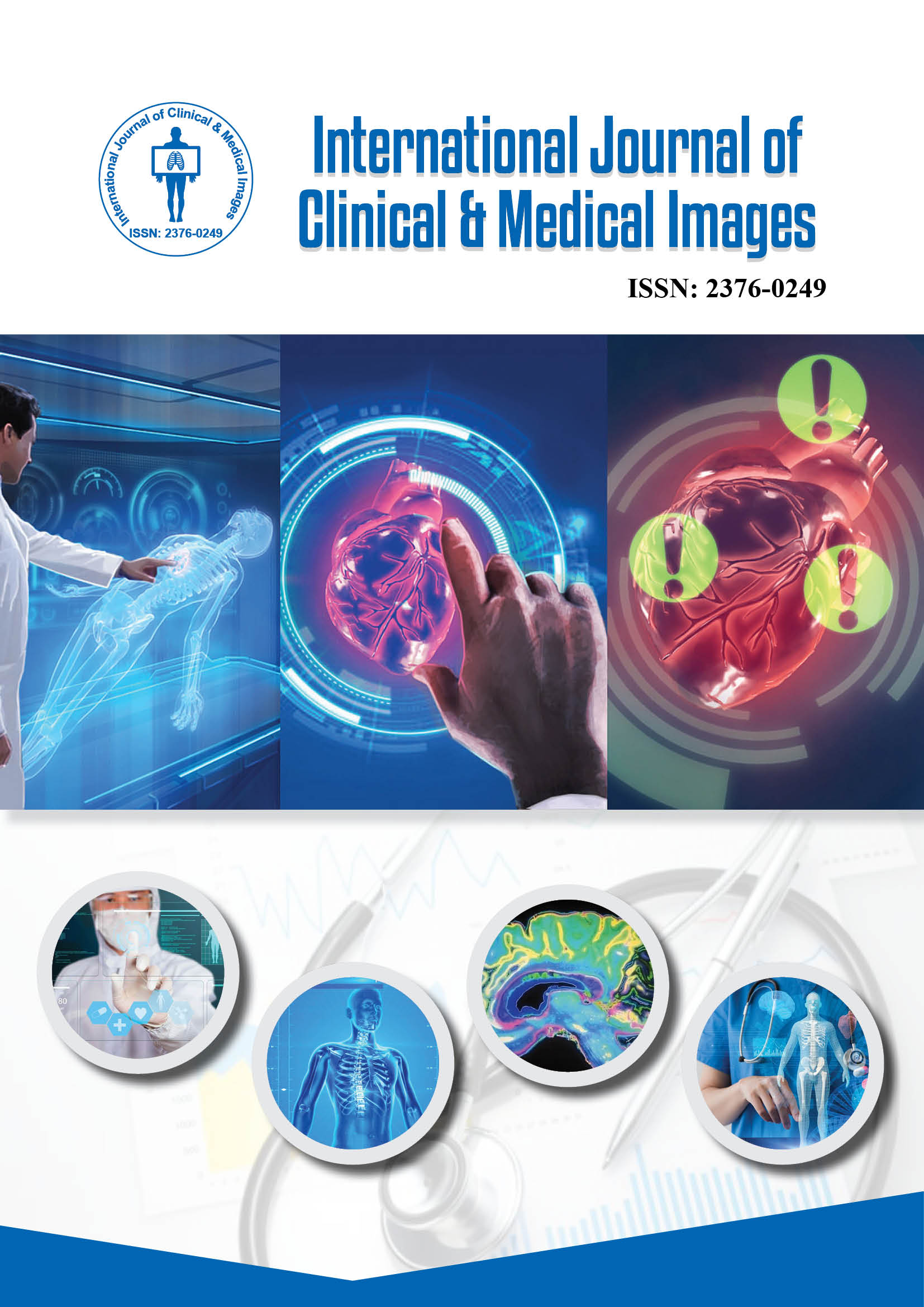2376-0249
Editorial - International Journal of Clinical & Medical Images (2025) Volume 12, Issue 3
Author(s): Bailey Engin
Visual recognition plays a crucial role in the diagnosis of skin infections, as many bacterial, viral and fungal diseases present with distinct clinical appearances. Dermatological imaging and clinical photography have become indispensable tools for clinicians, allowing them to identify characteristic patterns, distribution and morphology of lesions. By closely examining these visual cues, healthcare providers can distinguish between different etiologies, initiate appropriate therapy and prevent complications. A comprehensive image-based approach not only aids in clinical accuracy but also enhances learning and diagnostic confidence among practitioners.
Bacterial skin infections often manifest with inflammation, erythema and purulent discharge, making them relatively easier to identify visually. Conditions such as impetigo, cellulitis and folliculitis display hallmark feature honey-colored crusts, expanding redness and pustular eruptions that can be captured vividly in clinical images. High-resolution dermatological imaging helps differentiate superficial infections from deeper tissue involvement, which is vital for determining treatment intensity. Early recognition through visual assessment ensures timely antibiotic therapy and reduces the risk of systemic spread or chronicity [1].
Viral infections of the skin exhibit a wide range of morphologies, from vesicular eruptions in herpes simplex and varicella-zoster infections to papillomatous growths seen in warts. The distribution and evolution of lesions often captured through sequential images provide key diagnostic clues. For example, grouped vesicles on an erythematous base are characteristic of herpesvirus infections, while diffuse maculopapular rashes may suggest viral exanthems. Visual documentation also plays a role in tracking disease progression and treatment response, especially in immunocompromised individuals where viral infections may present atypically.
Fungal skin infections, or mycoses, typically produce scaling, discoloration and annular lesions with central clearing. Dermoscopic and clinical images reveal distinct features that help differentiate dermatophyte infections, candidiasis and tinea versicolor. The ability to visually identify these patterns minimizes misdiagnosis and supports early antifungal intervention. Moreover, image-based comparison of fungal versus non-infectious dermatoses such as eczema or psoriasis enhances diagnostic precision. Overall, integrating visual assessment with clinical context strengthens dermatologic practice, making image-based learning an essential element in understanding and managing skin infections effectively [2].
Skin Infections, Dermatologic Imaging, Clinical Diagnosis
None.
None.
Google Scholar Cross Ref Indexed at
 Awards Nomination
Awards Nomination

